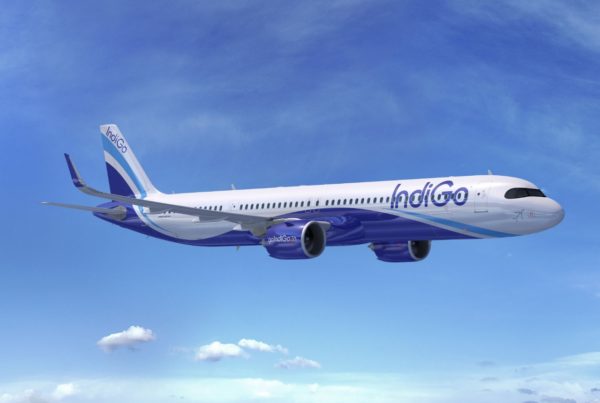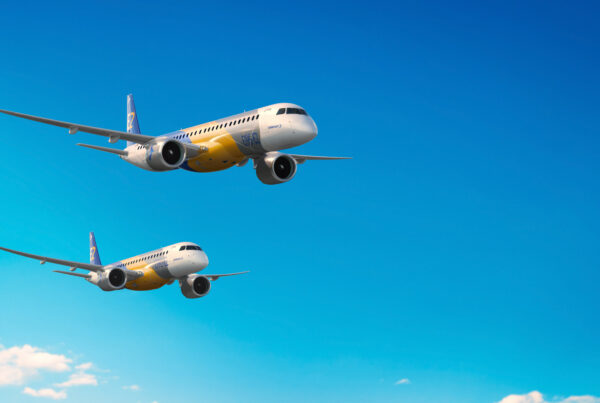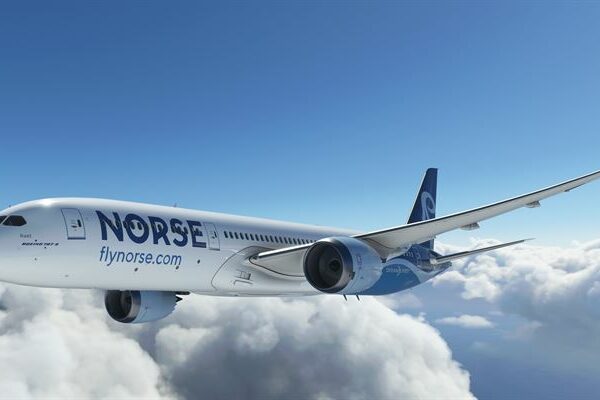LARA interviewed Wizz Air’s Chief Corporate and ESG Officer, Yvonne Moynihan, to find out more about the airline’s progression towards its 2030 sustainability targets.
—
As a low-cost operator, what do you think low-cost airlines can do to operate profitably whilst still pursuing an agenda of sustainability?
YM: We believe that consumer sentiment is changing – passengers are choosing low-cost airlines over traditional network carriers who are unable to meet the same efficiencies or achieve the same carbon emission reduction results.
Our low-cost, resource-efficient business model is sustainable by design. Wizz Air is already one of the world’s most environmentally sustainable airlines, with one of the lowest, if not the lowest, carbon emissions per passenger kilometre in the industry.
By operating a young and efficient aircraft fleet, we are able to provide the opportunity to fly with a lower emission footprint on the same route compared to other airlines, which, due to their older fleet, low seat density and lower passenger load factors, contribute to higher carbon emissions per passenger kilometre.
What are the main three initiatives Wizz Air is pursuing on its route to net zero by 2050?
YM: Whilst we have several work streams within the environmental pillar of our sustainability framework, the reduction of carbon emission intensity is Wizz Air’s number one priority. We have a clear strategic plan to deliver our goal to reduce emission intensity by 25% by 2030.
In the 2023 financial year, our performance was 53.8 grams CO2 per passenger/km, which is 11% lower than in 2022, and the lowest ever reported by Wizz Air in one financial year.
We have an ambitious fleet renewal plan. Wizz Air has been continuously adding new Airbus A321neo aircraft to its fleet and replacing older aircraft. The A321neo is by far the most fuel- and cost-efficient aircraft in its class today, reducing fuel consumption and CO2 emissions by 20% and NOx emissions by 50% per flight, compared to the previous aircraft models.
We operate one of the youngest fleets in the world with an average age of four years today, well below that of our major competitors, which is, on average, around 10 years. The share of new “neo” technology aircraft within our fleet has surpassed 50% this year and is expected to reach 100% within a decade.
Finally, on top of the fleet renewal, we are constantly working on fuel efficiency initiatives and improving data analytics. To make our ground movements more efficient, we taxi on a single engine when possible after landing. We also use Ground Power Units over Auxiliary Power Units where available at airports to avoid running aircraft engines, reduce fuel consumption and emissions.
Other building blocks of our sustainability strategy in the medium and long term include the exploration and implementation of new technologies, such as Sustainable Aviation Fuel (SAF), direct impact offsetting (carbon capture), and zero-emission hydrogen-powered aircraft.
Continuous investment in these areas will help us reach our goal of reducing carbon emissions intensity by 25% by 2030.
How do you balance your rapid fleet and route expansion with efforts to stay sustainable?
YM: A plane will never be greener than a train or an electric vehicle. But we are and will be the greenest choice of flying. Our motto is: “When you don’t need to fly, please, don’t. But when you do, fly the greenest.”
While we give the freedom to travel to more and more people, we have also proven that growth and sustainability can be achieved hand in hand. If a customer has to choose to travel on the same flight route with either a legacy airline or Wizz Air, that passenger’s CO2 footprint will be less if they travel with Wizz Air.
While expanding our network, we remain focused on gradually replacing those companies that have less sustainable business models. We operate the same routes more sustainably. Our latest annual CO2 intensity results confirm that our business model is efficient and sustainable by design.
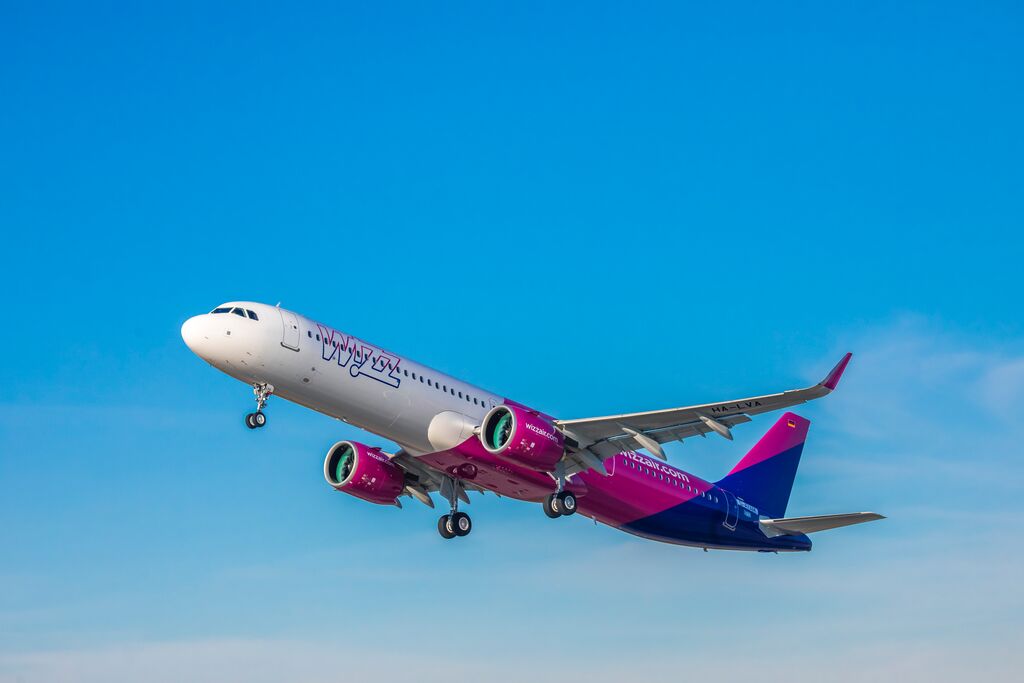


Is there much appetite from passengers to offset their flights? What are you doing to encourage this?
YM: Although the key focus of our sustainability strategy is on fleet renewal, fuel-saving initiatives, and sustainable aviation fuel, we offer our customers a voluntary carbon offsetting option on our website to compensate their own travel emissions, if they wish. However, this is not included in our overall emissions reduction strategy, as we are aware that carbon offsetting is not the ultimate solution to reduce aviation emissions.
What about your investment in Clean Joule? What drew Wizz Air towards this SAF start-up?
YM: CleanJoule is one of two of our equity investments in the SAF research and development we have made this year. We are willing to support production and research where we see the potential for achieving structural advantage in terms of cost and supply in the long term.
CleanJoule aims to produce high-performance SAF from agricultural residues and other waste biomass more cost-efficient. Wizz Air, together with other Indigo Partners airlines, US-based Frontier and Mexico-based Volaris, has signed binding agreements to purchase up to 90 million gallons of SAF produced by CleanJoule.
The other project is Firefly Greenfuels, a biofuel company in the UK, which specialises in converting sewage sludge, a low-value waste product available in large quantities, into SAF. We have made a significant investment of £5 million to support Firefly’s SAF process development to achieve ASTM qualification and secure our long-term ability to provide low-cost fares to our customers. This partnership will allow us to supply SAF to our UK operations from 2028, up to 525,000 tonnes over 15 years.
SAF has a significant role in reducing aviation’s emission impact. New alternative fuel technologies can reduce greenhouse gas emissions by up to 80% over the fuel’s life cycle compared to using fossil jet fuel. This is why our SAF strategy also includes securing offtake agreements with suppliers for the future.
How are you staying sustainable inside the cabin?
YM: We constantly work with our partners and suppliers to ensure a more sustainable onboard experience.
We have replaced plastic cutlery and packaging with those made of more eco-friendly and biodegradable materials. The number of WIZZ boutique products using sustainable packaging is also steadily increasing in line with our sustainability mission.
Since 2011, Wizz Air has been flying with recycled leather seats. Using an ELeather manufacturing process, waste leather – which otherwise would go to landfill – is recycled into a durable material for aircraft seats. This contributes to 77% less land fill and 68% less water consumption, when compared to traditional leather seats’ production.
We are currently testing out the effectiveness of on-board waste separation (to general waste and recyclables) at one of our bases and aim to fine-tune the process so that it can be implemented in other places within our network.
The flight deck in every aircraft is fully paperless, thanks to the Mobile Electronic Flight Bag, which has replaced all printed onboard materials for pilots with iPads. Not only does this system save around six million sheets of paper a year, equivalent to saving over six hundred trees, but it also reduces fuel consumption through more accurate flight planning and weight savings.
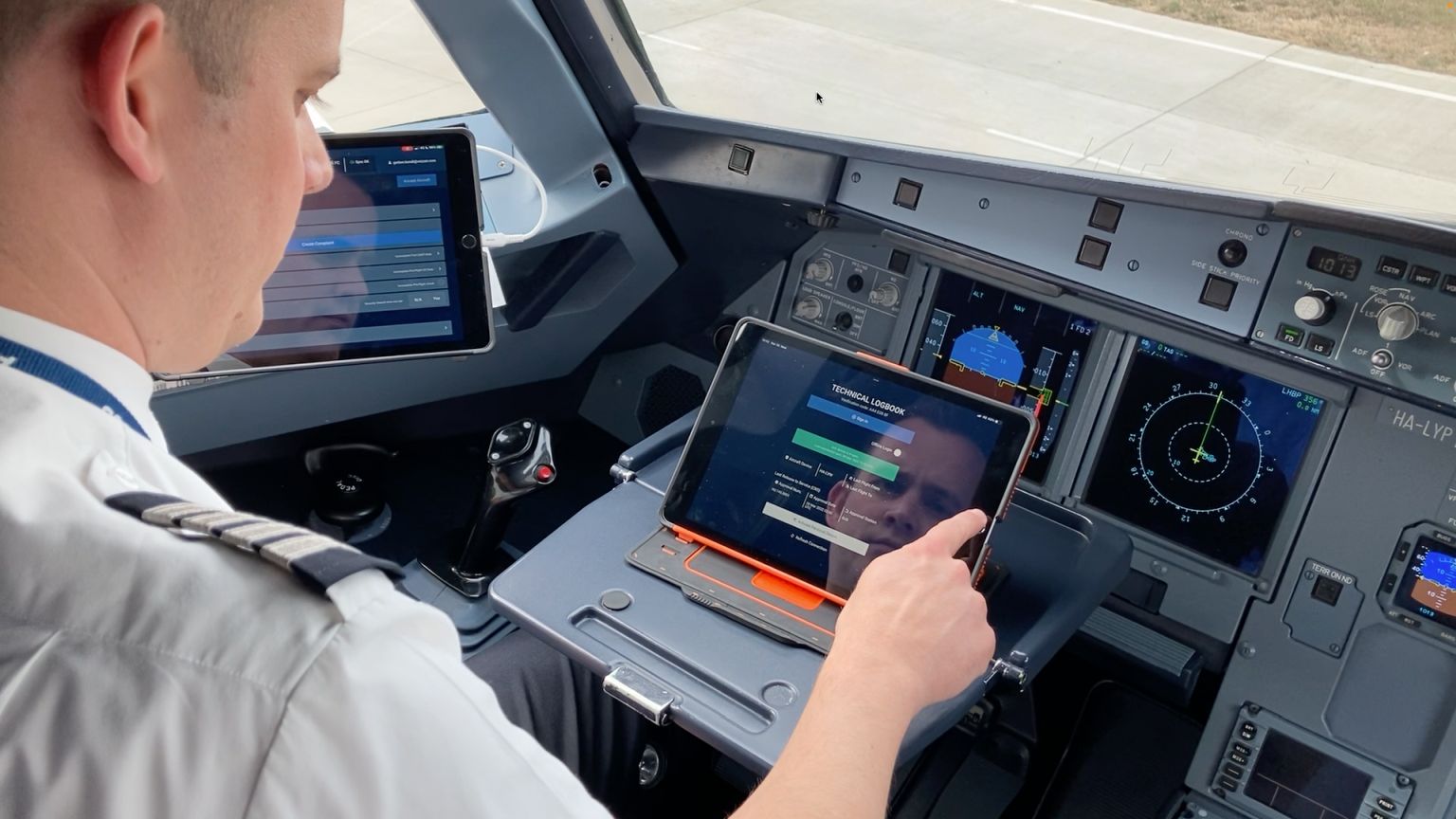


Would you say you take a holistic approach to sustainability? Why is this important?
YM: Our comprehensive sustainability strategy is based on four pillars – environment, people, governance, and economy. We are constantly working on our environmental footprint and carbon intensity reduction, employee development, socio-economic contribution to the regions where we operate, and strengthening our corporate governance.
By continuously integrating sustainability into our business and operations, we are contributing to 10 out of 17 UN SDGs that are within our scope of influence, including climate action, affordable and clean energy and gender equality, amongst others.
With this holistic approach to sustainability and our continued focus on resource efficiency, we are confident we can contribute to the planet and communities we serve. Whilst also lowering our cost structure, strengthening the trust of our customers, and improving access to capital over the long run.
How does Wizz Air address the social dimension of sustainability – i.e. retaining and training your people?
YM: We have a clear strategic plan for our communities, passengers, workforce and suppliers, rooted in our conviction that Wizz Air’s operations can positively enhance many people’s lives – those of our colleagues, our passengers and the residents of the communities we serve.
Our people have always been and will remain Wizz Air’s most important asset – their engagement and wellbeing are crucial for us to continue delivering on our mission.
We put safety first in everything we do – gender diversity in the workforce, leadership and our Board of Directors is among our most important targets. We are also focused on improving customer experience each year as measured by various customer satisfaction metrics.
Our sustainability agenda is governed by the Sustainability and Culture Committee, which is part of the Board of Directors. The Committee assists the Board in reviewing company policies and practice on sustainability and culture, ensuring that sustainability and diversity strategies are implemented effectively.
We continue to improve our climate-related disclosures each year, with our recent annual sustainability report published, including details on our ESG strategy and the corporate governance supporting it.
If you enjoyed reading this article, you may be interested in these news stories:
Wizz Air named most sustainable low-far airline at World Finance Sustainability Awards
Wizz Air to complete Luton A321neo fleet replacement by 2025

